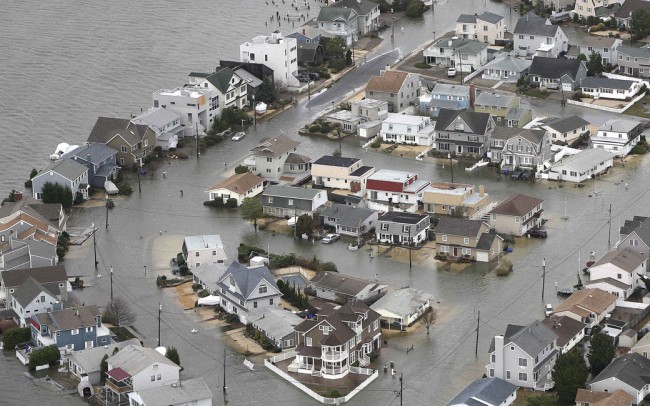
Disaster risk reduction strategies in EU coastal areas
This European policy brief is an output of RISC-KIT (Resilience-Increasing Strategies for Coasts- Toolkit) and PEARL (Preparing for Extreme And Rare events in coastaL regions). It provides some key messages about the development of national and local strategies tailored on the historical and socio-cultural characteristics of the territories where they have to be implemented. It highlights the importance of multi-level communication and stakeholder inclusion in several case studies conducted in the framework of the two projects. By identifying opportunities for the EU to support and coordinate the disaster risk reduction strategies of the Member States, it aims to contribute to the improvement of regional risk management.
Coastal storms, sea level rise and flooding have caused and will continue to cause significant impacts across Europe and endanger the security of people and their livelihoods. Presently, one third of the European Union’s (EU) population lives within 50 km of the coast and generates an estimated 30% of the total EU Gross Domestic Product (GDP). The economic value of coastal areas within 500 meters of European seas is estimated to be between €500 – 1000 billion alone (EC 2014a).
Due to population and economic growth and the increased likelihood of hazards due to climate change, risks (the probability of occurrence of a hazard multiplied by the consequences) are expected to increase in the near future (IPCC Fourth Assessment Report 2007). The costs of inaction are estimated to be €6 billion by 2020, which is higher than the annual costs of taking precautionary and adaptation measures. Conversely, up to €4.2 billion in net benefits could be created if action is taken (EC 2014a). Thus, a re-evaluation of current coastal Disaster Risk Reduction (DRR) strategies is needed and a new mix of prevention, mitigation, preparedness and early response measures should be considered.
DRR measures can be separated into three categories: prevention, mitigation and preparedness measures. The first category is used to prevent the hazard from occurring through measures such as dikes and dunes. These measures are applied in highly-developed coastal areas. Mitigation measures are used to reduce the impacts of a hazard and are often applied in less urbanised areas. These include structural (e.g. low dunes, beach nourishments, marshlands) and non-structural measures (e.g. limiting construction or flood-resistant buildings) (Veraart et al. 2009; Walker et al. 2004). Preparedness measures such as Early Warning Systems (EWS) and evacuation plans are used in combination with prevention and mitigation measures for cases when storms exceed the level of protection (Ciavola et al. 2011a and b) or as stand-alone measures in areas with minimal assets and low population in the coastal zone.
Because the investment level in coastal areas plays an important role in the selection and effectiveness of DRR measures, coastal development necessitates that DRR strategies are adjusted to adapt to these changes. The expectation is that DRR strategies which depend heavily on preparedness and some mitigation measures will shift to more preventive measures as the level of coastal development increases.


